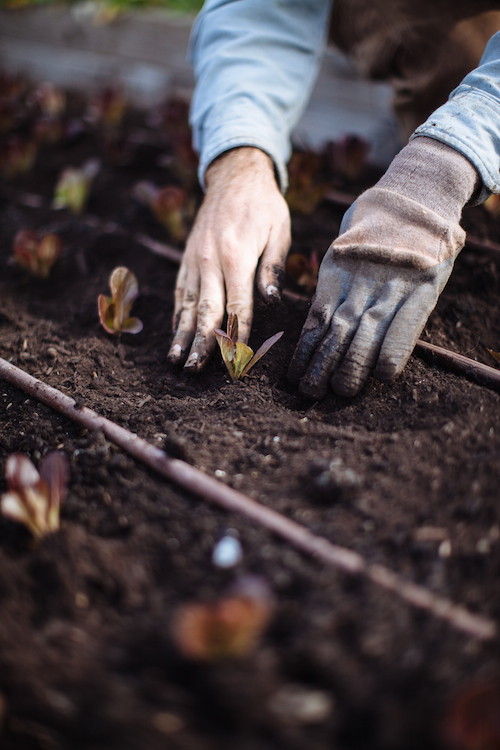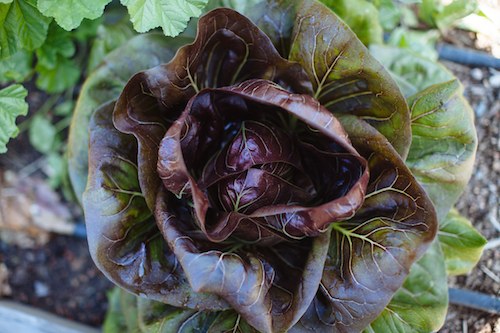Grow More Fruits and Vegetables, Grow the Economy?
How much food should we grow in Sonoma County, and why that amount? The question hit me after several years of researching how much Sonoma County farmers produce annually.
Since 2008, Sonoma County GO LOCAL has grappled with the calculus of import substitution across business sectors. In terms of dollars, the food system is perhaps the second largest business sector.
When you increase the production of locally consumed goods and services instead of importing those same goods, that’s called import substitution. Doing so increases the strength and vitality of the local supply chain infrastructure. This results in greater economic multipliers locally. In turn, greater local economic multipliers result in more wealth in the county through self-reliance. And self-reliance leads to increased economic security—the key to withstanding the ebbs and flows of the national and global economy.
Sonoma County is well-positioned to increase our production of local food: We have abundant natural farmland resources and a friendly climate for growing many foodstuffs; we have a rich knowledge base in agriculture; and we’re ranked 11th nationwide for food manufacturing or processing.
Which begs the question: What food should we produce here, and how much of it should we produce? In contrast with another business sector like automobiles, food production seems a good deal more feasible. It’s not likely that Sonoma County will enter into the automobile-manufacturing sector in any significant way.
So let’s narrow the focus to fruits and vegetables. Through grocery stores, restaurants, farmers’ markets, and institutional facilities, Sonomans consume over $300 million in fruits and vegetables (fresh, frozen, canned, dried) each year. We produce around $20 million per year and export about half of that, leaving $10 million for local consumption.
Our potential, if we were to meet local demand, is substantial. Of course, given that we can’t grow every variety that we consume, we could meet some demand, but not all.
As it stands, we have less than 3,000 acres in fruit and vegetable cultivation to produce $20 million. A recent Sonoma County crop report shows $12 million in vegetable crops were produced on about 550 acres. Keep in mind that reporting is voluntary, and some estimate the figure to be 50 percent higher.
As I noted in this column last year, Sonoma County farmers produce about 90 percent less per resident than they did in 1928.
Hypothetically, if we wanted to double or triple our production, could we and should we?
What’s stopping us if we answered affirmatively?
We hope posing these questions opens the door to a bigger discussion that we’ll continue in Made Local Magazine. Here are a few more questions:
• If we have arable land, a hospitable climate, available labor, knowledge and consumer demand, what is the barrier to producing double what we do now?
• Does local ag production cost more than importing ag products?
• If local ag production costs more than importing, what contributes to those higher costs? (It’s often stated that land costs are higher in Sonoma, which drives higher production costs. Of the one million acres in Sonoma County, 60 percent is designated for agriculture. Is it really possible that securing an extra 500 to 2,000 acres for fruit or vegetable production is that difficult? Remember that even an additional 550 acres for vegetable production would presumably double output. From where you’re sitting right now, go a half mile in all directions and that’s what we’re talking about.)
• Assuming higher production costs, are consumers willing to pay higher prices for local production? If yes, how much more?
• Should the cities and county subsidize farmers, via incentives, for the extraordinary cost of production beyond their control? This would lower consumer prices to be competitive with imports.
• What are the positive externalities of buying local produce (assuming a reasonable price premium or offsetting subsidy) that would benefit our cities and county?
• Should we concede that higher costs are a fact of life and insurmountable, and instead focus our economic development efforts on increasing our local food processing and manufacturing (like our own Amy’s Kitchen and La Tortilla Factory), even if it means sourcing our raw produce inputs from other regions?
We’ll be exploring these ideas in upcoming issues.
Feel free to contact us at editor@madelocal.coop with your thoughts on the matter.


